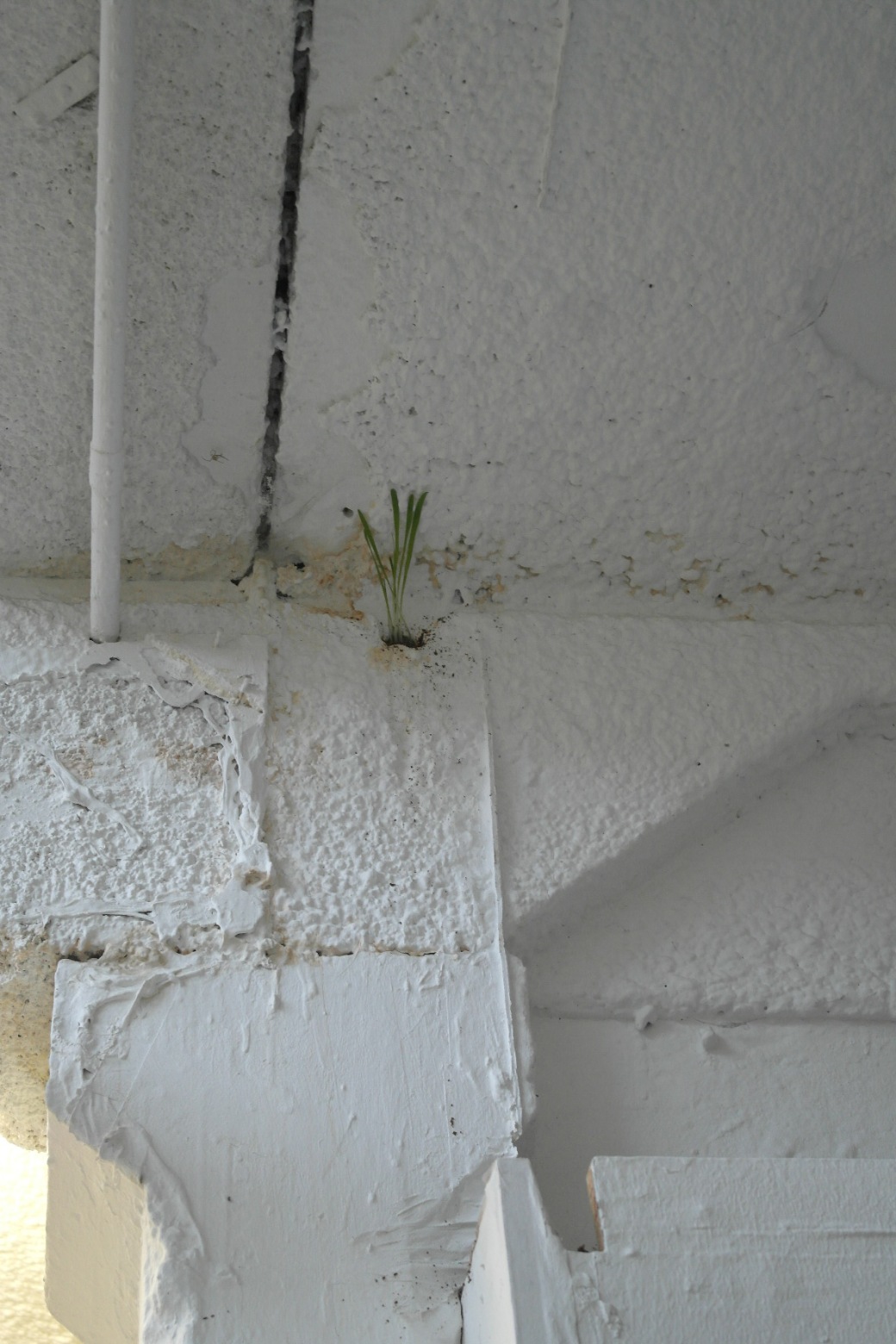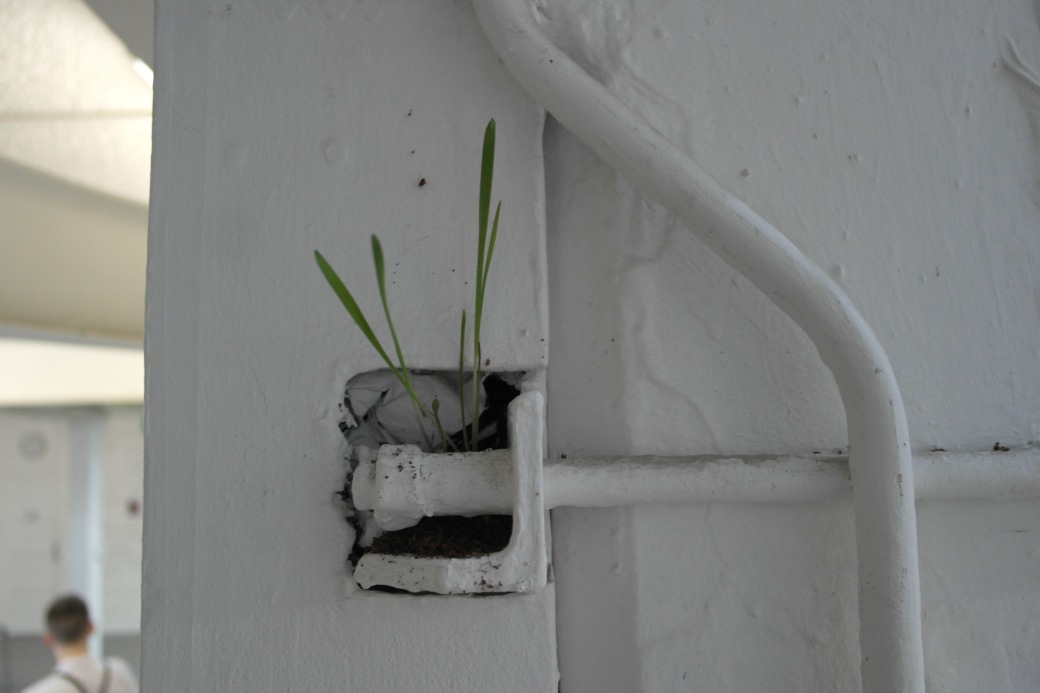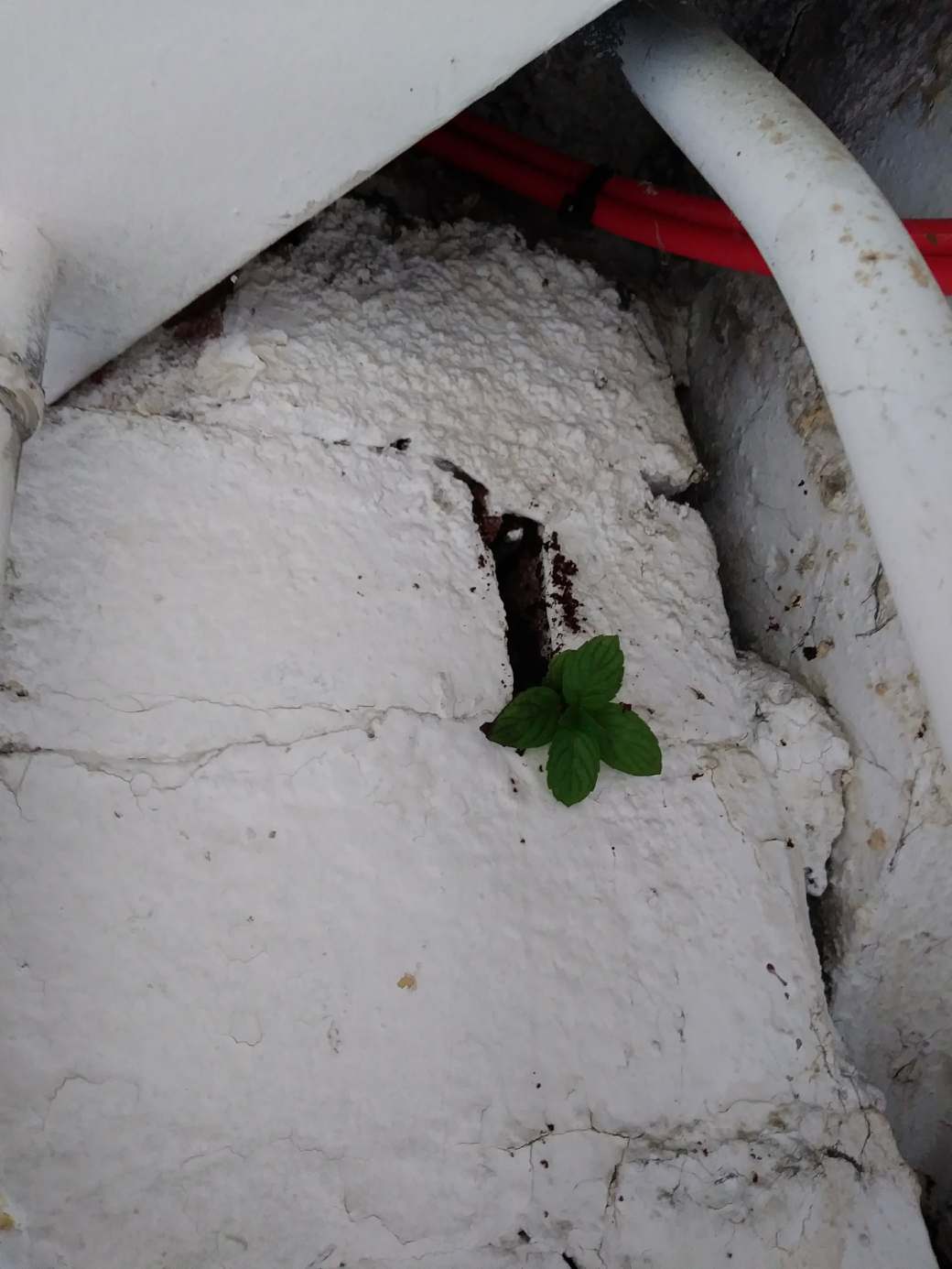My work explores the relationship between the ‘outside’ and the ‘inside’, and questions whether a black and white distinction culture and society has created between the two is necessary or relevant in the contemporary period. Why do human beings work so hard to separate themselves from nature, only to import elements from the outside in? Bouquets, potted plants, furniture and decoration. Some crave the psychological effect that nature provides without consciously realising, and studies suggest that exposure to the outside elements is beneficial to people physiologically as well as emotionally. It is crucial for the spaces we inhibit daily to be mentally stimulating as well as having a positive influence on human function and being sustainable, and I believe that by bridging the gap between the ‘outside’ and the ‘inside’ such an environment can be achieved.
I began my practice by experimenting with natural materials associated with the outside, most extensively soil. A key aspect of the concept is based on Frederick Kiesler’s idea of correalism; the dynamics of continual interaction between people and their natural and technological environments. The photography series Dirty, inspired by Richard Long’s ‘South Bank Circle’ (1991), brings together the primitive aspect of nature with the controlled quality of human structure by restricting the messy characteristics of soil within pristine glassware and plate ware. After this I understood that what makes ‘the outside’ so distinctly wild and other is the ability nature has to shape its own trajectory after an initial push. Thus, the aim became to integrate nature into man made spaces and removing my hand as the artist, allowing the work to develop organically. Olafur Eliasson’s Riverbed (2014) and Pierre Huyghe’s After Alife Ahead (2017) heavily influenced my work; the installation piece Fireplace merging existing architecture with imported organic material. Growing from Within refines this, with a greater focus on the subtle changes in the atmosphere of a room that bringing nature into it creates. Plants are growing out of pipes bursting through the walls of the gallery. The installation is designed to be interactive, inviting the audience to locate the plants via the use of a map.
Interior spaces should not restrict their inhabitants but should rather provide a sense of freedom and ease, a space where the mind can relax and focus, to take a break from the strain of living in our fast-paced world. Such a space can be created by allowing ‘natural’ and ‘man-made’ to coexist in a symbiotic relationship.














































































